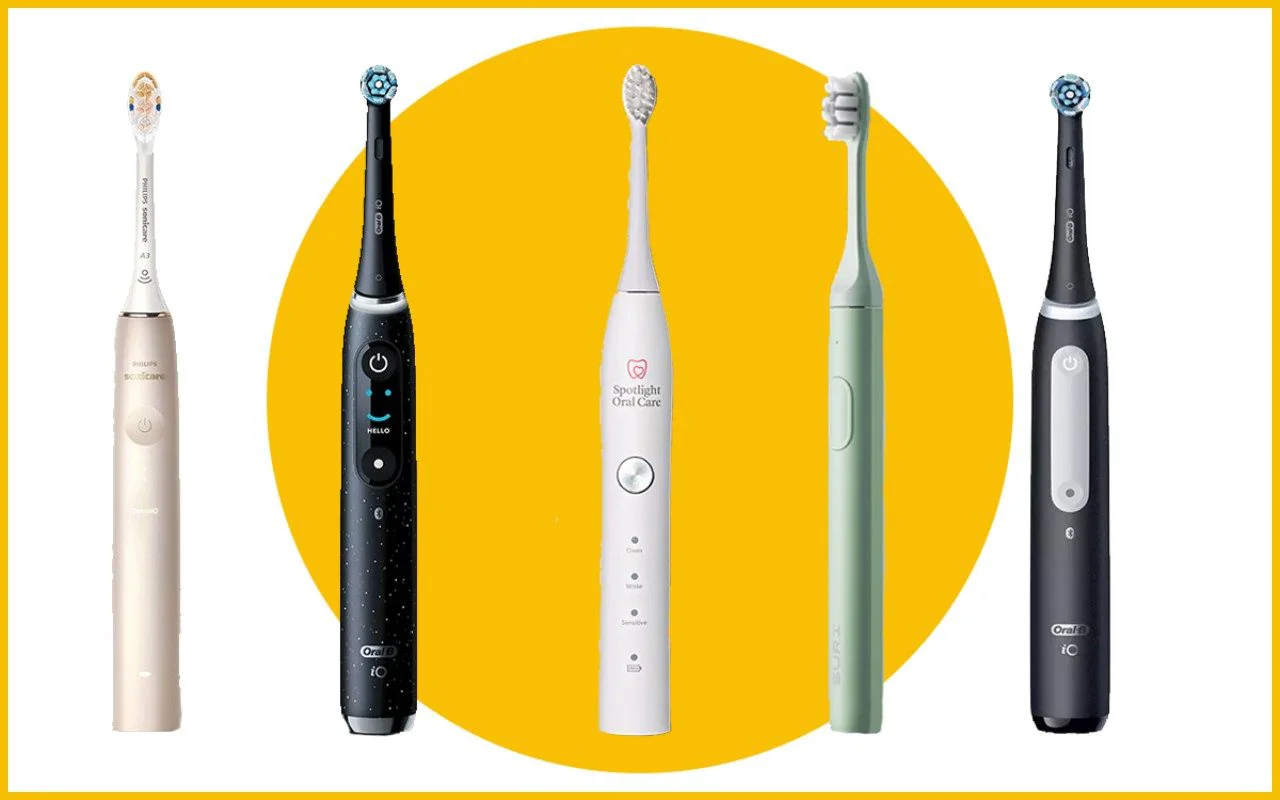Introduction
Electric toothbrushes have become popular for their ability to enhance oral hygiene routines. However, users may wonder if it is possible to overcharge an electric toothbrush. In this article, we will explore the topic of overcharging electric toothbrushes, providing specific details and addressing any concerns related to this issue.
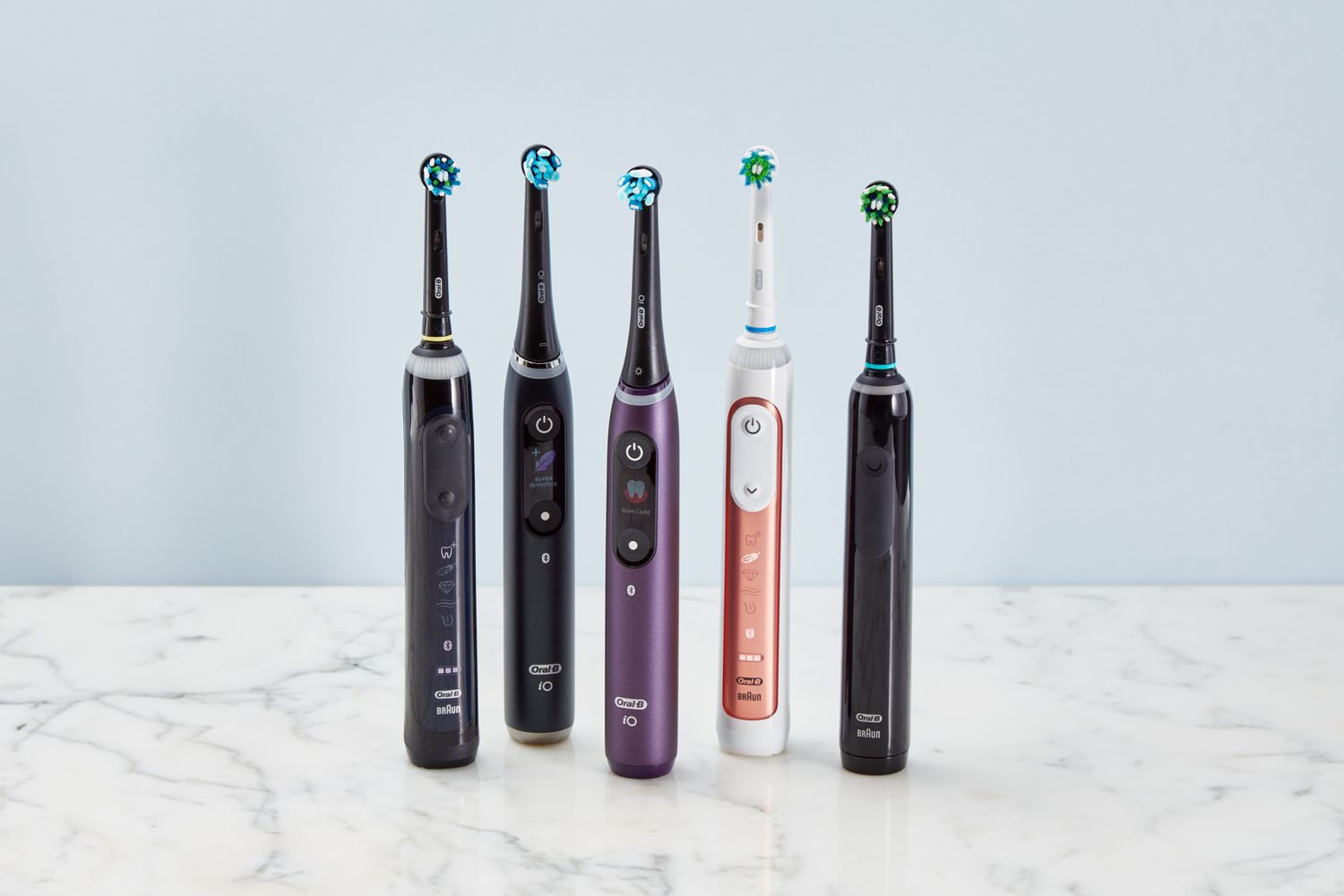
Is it possible to overcharge an electric toothbrush?
Understanding Electric Toothbrush Charging
Before discussing the possibility of overcharging an electric toothbrush, it is important to understand how these devices are typically charged. Electric toothbrushes generally use inductive charging, which involves placing the toothbrush on a charging base or stand. The charging base transfers power wirelessly to the toothbrush, allowing it to recharge its internal battery.
Charging Controls and Safety Features
Most electric toothbrushes incorporate charging controls and safety features to prevent overcharging and ensure safe usage. These features are designed to protect the toothbrush’s battery and ensure its longevity. Here are some key aspects to consider:
Charging Indicators: Electric toothbrushes often feature charging indicators that display the charging status. These indicators may include lights or icons that show when the toothbrush is charging, fully charged, or in need of recharging. Users can rely on these indicators to determine the charging status and prevent overcharging.

Battery Management
Electric toothbrushes are equipped with rechargeable batteries, typically lithium-ion batteries, known for their safety, stability, and longevity. These batteries include management systems that help regulate the charging process. Here are some key points to consider:
Smart Charging Technology: Some electric toothbrushes incorporate smart charging technology designed to optimize the charging process. These systems monitor the battery’s charge level and adjust the charging rate accordingly, preventing overcharging.
User Practices and Recommendations
While electric toothbrushes are equipped with safety features, it’s important for users to follow recommended practices to ensure safe charging and maximize the lifespan of the toothbrush. Here are some key recommendations:
Follow Manufacturer Instructions: It is crucial to carefully read and follow the manufacturer’s instructions and guidelines regarding charging the electric toothbrush. These instructions often provide specific details about the charging process, including recommended charging times and best practices.
Avoid Continuous Charging: It is generally recommended to avoid leaving the electric toothbrush continuously connected to the charging base when it is already fully charged. This helps prevent unnecessary stress on the battery and reduces the chance of overcharging.
Unplug When Fully Charged: Once the electric toothbrush is fully charged, it is advisable to unplug the charging base from the power source. This ensures that the toothbrush is not subject to any potential electrical issues and prevents unnecessary power consumption.
Regular Cleaning and Inspection: Regularly clean and inspect the charging base and connectors to ensure they are free from debris, dust, or moisture. This helps maintain proper charging functionality and minimizes the risk of any potential charging issues.
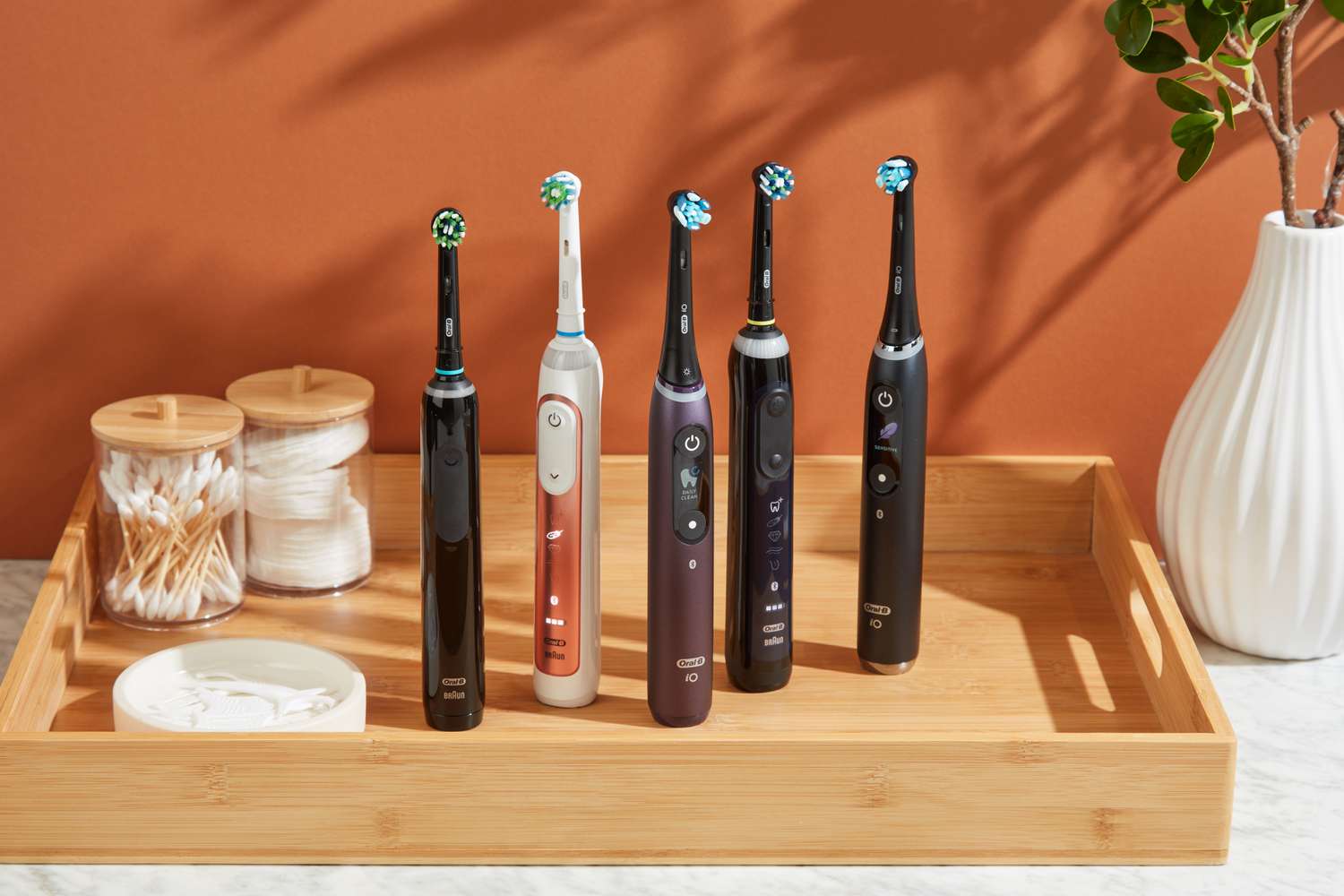
Addressing Common Concerns
Despite the safety features and recommendations mentioned above, some users may still have concerns about overcharging their electric toothbrushes.
Leaving Toothbrush on the Charging Base: Many users wonder if it is safe to leave their electric toothbrush on the charging base for extended periods, such as overnight.
Damaging the Battery: Overcharging an electric toothbrush is unlikely to cause significant damage to the battery. The battery management systems and safety features integrated into electric toothbrushes help protect against overcharging and ensure the longevity of the battery.
Impact on Battery Lifespan: Overcharging can contribute to minor reductions in battery lifespan over an extended period. However, the impact is generally minimal, and the overall lifespan of the battery should still be substantial. Following recommended charging practices and not continuously leaving the toothbrush on the charging base when fully charged can help mitigate any potential reduction in battery lifespan.
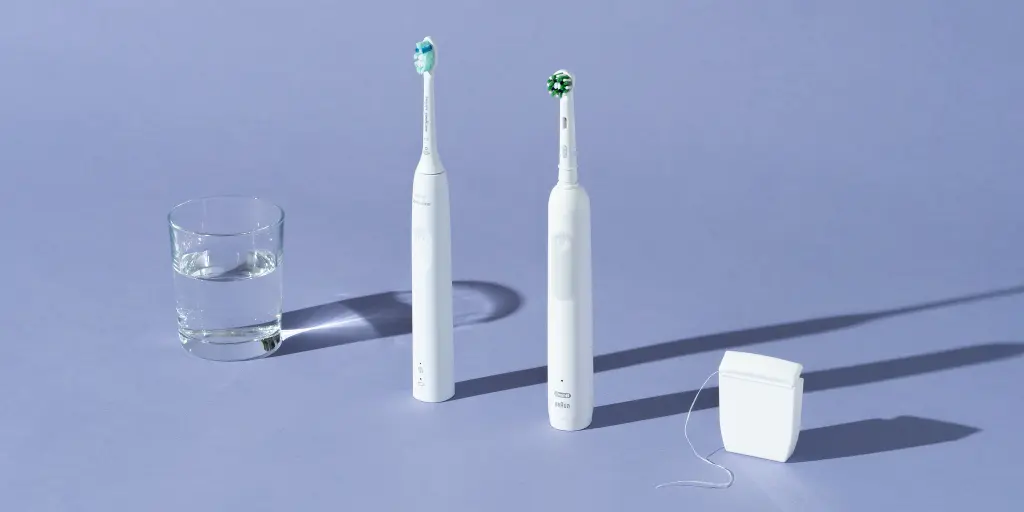
Importance of Proper Charging and Maintenance
While overcharging an electric toothbrush may not be a significant concern, it is still essential to practice proper charging and maintenance to maximize the effectiveness and lifespan of the toothbrush. Here are some additional points to consider:
Charging Frequency: It’s important to maintain a regular charging routine for the electric toothbrush. Charging it when the battery is low or depleted ensures that it is always ready for use when needed.
Cleaning the Charging Base: Keep the charging base clean and free from any debris, dust, or moisture. Regularly wipe it with a soft, dry cloth to prevent any interference with the charging functionality.
Avoiding Water Contact: While electric toothbrushes are designed to be water-resistant, it is still advisable to avoid direct contact between the charging base and water. This helps maintain the integrity of the charging base and reduces the risk of electrical issues.
Replacement and Recycling: Over time, the battery of an electric toothbrush may start to lose its efficiency, resulting in reduced battery life. When this occurs, it may be necessary to replace the toothbrush or the battery, depending on the manufacturer’s guidelines. Properly recycle the old electric toothbrush or battery to minimize environmental impact.
Addressing Common Misconceptions
There are a few common misconceptions about overcharging electric toothbrushes that need clarification:
Battery Memory Effect: Unlike older rechargeable battery technologies, such as nickel-cadmium (NiCd) batteries, lithium-ion batteries used in electric toothbrushes do not exhibit memory effect.
Charging Overnight: While it is generally safe to leave the electric toothbrush on the charging base overnight, it is advisable to unplug the charging base once the toothbrush is fully charged. This helps conserve energy and reduces the risk of any potential charging issues.
Importance of Regular Maintenance
In addition to understanding the charging process and following recommended practices, regular maintenance of the electric toothbrush is essential for its optimal performance and longevity. Here are some key maintenance tips:
Cleaning the Toothbrush: Regularly clean the toothbrush handle, brush head, and charging base according to the manufacturer’s instructions. This helps remove any residue or buildup that may affect the charging process or overall functionality of the toothbrush.
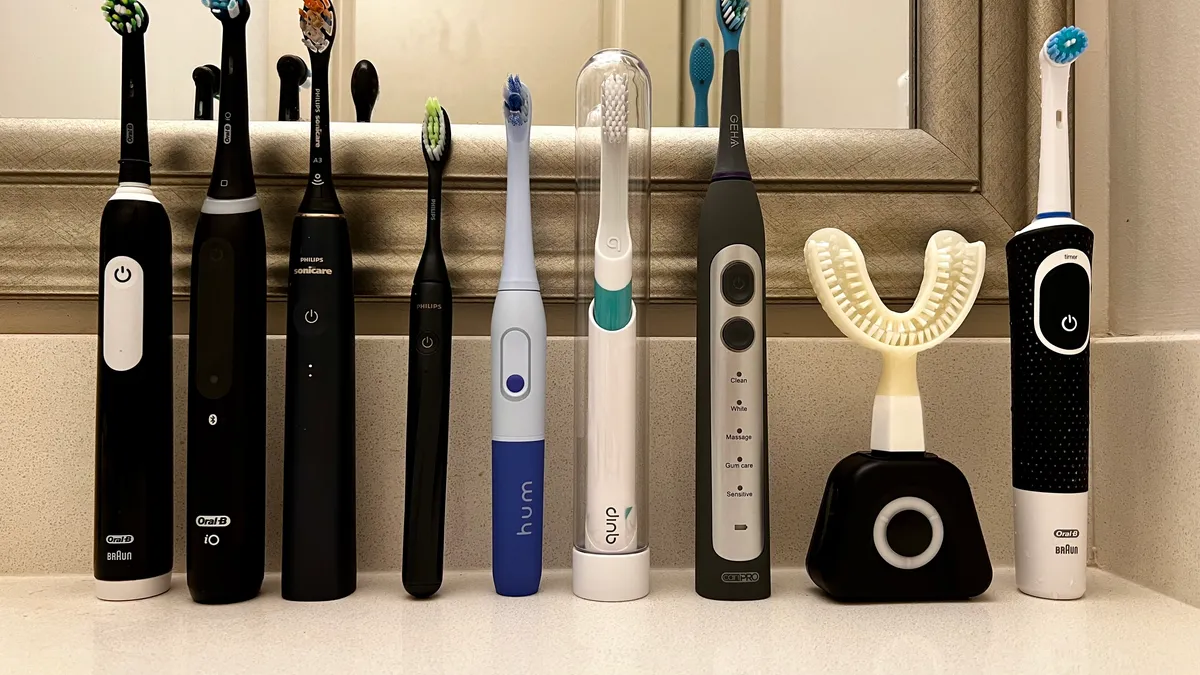
Conclusion
In conclusion, overcharging an electric toothbrush is unlikely to be a significant concern, thanks to the safety features and battery management systems incorporated into these devices. Electric toothbrushes are generally designed to prevent overcharging and ensure safe usage. Automatic shut-off mechanisms, charging indicators, battery protection circuits, and smart charging technologies help regulate the charging process and protect the battery.
By following recommended charging practices, users can confidently utilize their electric toothbrushes without concerns about overcharging. Regular brushing with an electric toothbrush, along with other oral hygiene practices, remains essential for maintaining optimal dental health.

